2009
Karyotis, V.; Kakalis, A.; Papavassiliou, S.
Athens, Glyfada, 2009, ISBN: 9780769536682, (cited By 1; Conference of 2009 3rd International Conference on Emerging Security Information, Systems and Technologies, SECURWARE 2009 ; Conference Date: 18 June 2009 Through 23 June 2009; Conference Code:78000).
Abstract | Links | BibTeX | Tags: Ad hoc and sensor networks; Closed queuing networks; Idle energy; MAC layer; Malicious software; Malware spreading; Malwares; Network density; Node degree; Probabilistic framework; Sleeping schedule; Time-dependent; Topology control; Topology control attacks; Wireless nodes, Ad hoc networks; Communication channels (information theory); Computer crime; Energy conservation; Network layers; Queueing networks; Topology, Sensor networks
@conference{Karyotis2009255,
title = {On the tradeoff between MAC-layer and network-layer topology-controlled malware spreading schemes in ad hoc and sensor networks},
author = {V. Karyotis and A. Kakalis and S. Papavassiliou},
url = {https://www.scopus.com/inward/record.uri?eid=2-s2.0-70449478162&doi=10.1109%2fSECURWARE.2009.46&partnerID=40&md5=0552bdd5c36f3858b1ccacc9727da6c9},
doi = {10.1109/SECURWARE.2009.46},
isbn = {9780769536682},
year = {2009},
date = {2009-01-01},
journal = {Proceedings - 2009 3rd International Conference on Emerging Security Information, Systems and Technologies, SECURWARE 2009},
pages = {255-261},
address = {Athens, Glyfada},
abstract = {Significant interest has been raised recently in wireless networks in modeling and dealing effectively with different types of attacks. In this paper, emphasis is placed on the attacker's perspective and based on a probabilistic framework we study intelligent strategies for spreading malicious software, in order to realize the potentials of such attacks. The considered attack schemes are based on the topology control capabilities of wireless nodes and may be realized either at the Network layer by using node degree related information or the MAC layer by setting attackers to sleep for energy conservation purposes. To the best of our knowledge this is the first attempt to adopt the use of sleeping schedules in order to eventually increase attack efficiency. We compare the performance of the two families of strategies using both time-independent and time-dependent attack metrics. Our evaluation analysis reveals an inherent tradeoff between the two families that depends, among others, on the idle energy consumption and the network density. © 2009 IEEE.},
note = {cited By 1; Conference of 2009 3rd International Conference on Emerging Security Information, Systems and Technologies, SECURWARE 2009 ; Conference Date: 18 June 2009 Through 23 June 2009; Conference Code:78000},
keywords = {Ad hoc and sensor networks; Closed queuing networks; Idle energy; MAC layer; Malicious software; Malware spreading; Malwares; Network density; Node degree; Probabilistic framework; Sleeping schedule; Time-dependent; Topology control; Topology control attacks; Wireless nodes, Ad hoc networks; Communication channels (information theory); Computer crime; Energy conservation; Network layers; Queueing networks; Topology, Sensor networks},
pubstate = {published},
tppubtype = {conference}
}
